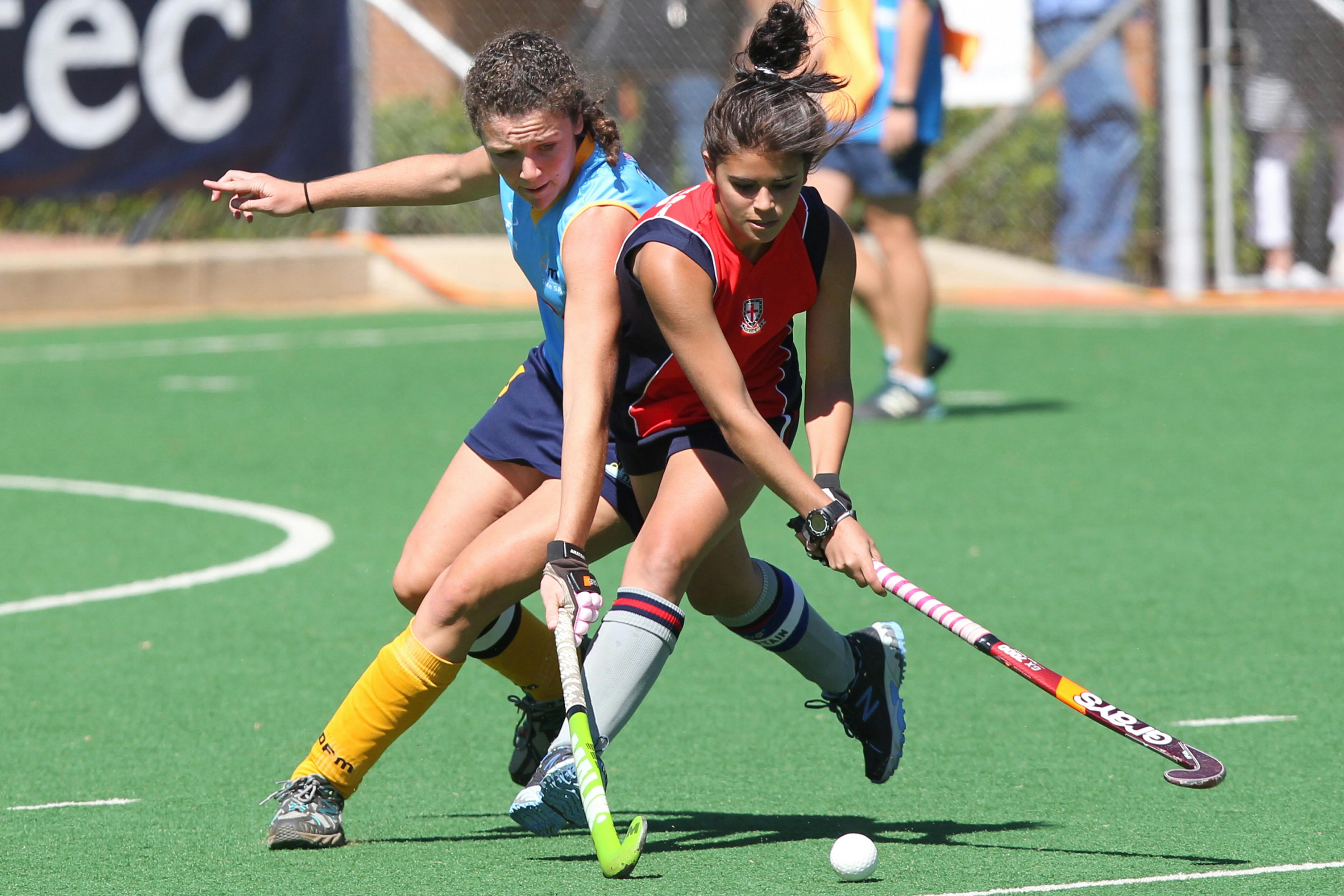The Embassy
Exactly, I don’t remember the year, of course, but I know it happened. When I was a teenager, I admired Cuban Olympic athletes such as Mireya Luis (who was a spectacular volleyball player), Magaly Carvajal, and Alberto Juantorena. And that was not all. My bedroom became a “museum of Cuban sports.” On the wall were many photos of Cuban idols, from Mireya Luis Hernández to Roberto Urrutia (an athlete who has fled his country). There were also enough books on my shelf. It was quite a strange experience.
Life is full of surprises. In those years, however, I learned more about Cuba than I could have learned in a university, discovering a world that was so different from my own.
Certainly my favorite day was when I went to the Cuban Embassy in Lima, and the diplomats gave me magazines and newspapers from Havana – Cuba Internacional, Granma, Bohemia, etc. Obviously I was very happy because I could read about my idols. During that time, he didn’t know anything about politics.
My parents did not give me permission to go to the Cuban Embassy (but I went to the Embassy anyway). It is not surprising. Why? In the second half of the 20th century, Cuba had full ties with anti-democratic groups in Latin America, Africa, and Asia. Apart from that, since 1959 Cuba has been ruled by two brothers: Fidel and Raúl Castro Ruz. Under Castro’s leadership, the island is one of the most brutal dictatorships in the world. On the other hand, in the 1970s and 1980s, the Cuban regime had sent thousands of books and newspapers to the Third World and other nations.
The “honeymoon” — with the Island — came to an end in the 1990s. This decade was a time when people from the Third World and Eastern Europe demanded civil rights, as when in 1991 the USSR was divided into 15 new independent states.
All athletes of the dictator
Cuba is famous for its traditional music and beautiful landscapes, but Cuba is also famous for its great Olympic champions. At the 1976 Montreal Olympics, the Cuban team, which was heavily backed by the Soviet government, won 13 medals, including five percent of all gold produced by communist nations. For the first time the island had six Olympic champions. One of them was Alberto Juantorena, better known as the “horse”, who had been trained by a Polish trainer – about 80 percent of the trainers in Cuba were from the German Democratic Republic (GDR), the USSR and other former communist states. .
Before Juantorena’s trip to Canada, she competed in various international tournaments in the World Soviet Union and other nations. At the 1975 Pan American Games in Mexico City, he won a silver medal. Months later, Alberto Juantorena made history by winning two golds at Montreal’76. Interestingly, Juantorena’s main rival, Mike Boit, a world-class runner from Kenya, was unable to compete because Africa boycotted the Olympics in Canada. In the mid-1970s, sports magazines called him “one of the best runners in the world” for his international medals.
From slavery to freedom
But not all Cuban stories have been happy. For many reasons, the island is not an Olympic paradise. The facts speak for themselves. In the second half of the 20th century, many athletes were used as a political propaganda tool by the Cuban dictatorship. Apart from that, between 1992 and 2008, many athletes married foreigners to take the nationality of their husbands, for example Magdelin Martínez (track and field / Italy), Liliane Allen (athletics / Mexico), Magaly Carvajal (volleyball / Spain ), Libania Grenot Martinez (track and field / Italy). At the same time, several athletes had dropped out in Europe and America.
In 1993, I was very surprised to read that thirty-nine athletes defected, one of the island’s biggest problems, during the Central American and Caribbean Games in Puerto Rico. In recent years, there have been numerous defections, more than North Korea or Iran.
Cuban deserters (2006-2009)
Athlete…………………………………………. …………………Desertion
1. Aguelmis Rojas (track and field) …………………….. 2009, Uruguay
2. Eder Roldan (soccer) …………………………………. 2008, EE USA
3. José Manuel Miranda (soccer) ……………………. 2008, USA
4. Erlys García Baro (soccer) …………………………… 2008, USA.
5. Yenier Bermudez (soccer) …………………………… 2008, USA
6. Yordany Alvarez (soccer) …………………………….. 2008, USA
7. Leonni Prieto (soccer) ………………………………… 2008, USA USA
8. Yendri Diaz (soccer) ……………………………………. 2008, USA
9. Yurisel Laborde (judo) ………………………………. 2008, USA.
10. Guillermo Roberto Cabrera (volleyball) … 2008, USA
11. Pedro Faife (football) ………………………………….. 2008, USA
12. Reynier Alcantara (soccer) ………………………… 2008, USA
13. Frank Casañas (track and field) …………………… 2008, Spain
14. Luiz Felipe Meliz (track and field) ………………….. 2007, Spain
15. Yuliane Rodríguez (basketball) … 2007, Chile
16. Osvaldo Alonso (soccer) ………………………….. 2007, United States
17. Lester More (soccer) ……………………………….. 2007, USA .
18. Rafael D’Acosta (handball) ……………………… 2007, Brazil
19. Michael Fernández García (cycling) … 2007, Brazil
20. Alexei Rodríguez (baseball) …………………….. 2007, Dominican Republic.
21. Raydel Poey (volleyball) …………………………… 2007, Bulgaria
22. Yasser Purtuondo (volleyball) … 2007, Bulgaria
23. Alexander Martinez (track and field) ………………. 2006, Switzerland
24. Yunier Alvarez (badminton) ………………………. 2006, Dominican Republic.
25. Kenny Rodríguez (baseball) ……………………. 2006, Ecuador
26. Yan Barthelemy (boxing) ………………………….. 2006, Venezuela
27. Odlanier Solis Forte (boxing) …………………… 2006, Venezuela
28. Yuriorkis Gamboa (boxing) ……………………… 2006, Venezuela
29. Carlos Castillo (handball) ……………………… 2006, Dominican Republic
30. Julio Acosta (handball) ……………………….. 2006, Dominican Republic
31. Damaris Nay (handball) …………………….. 2006, Dominican Republic
32. Isaura Medina (badminton) ………………… 2006, Dominican Republic
